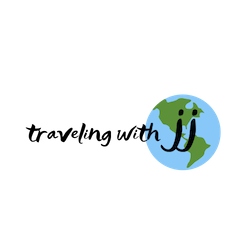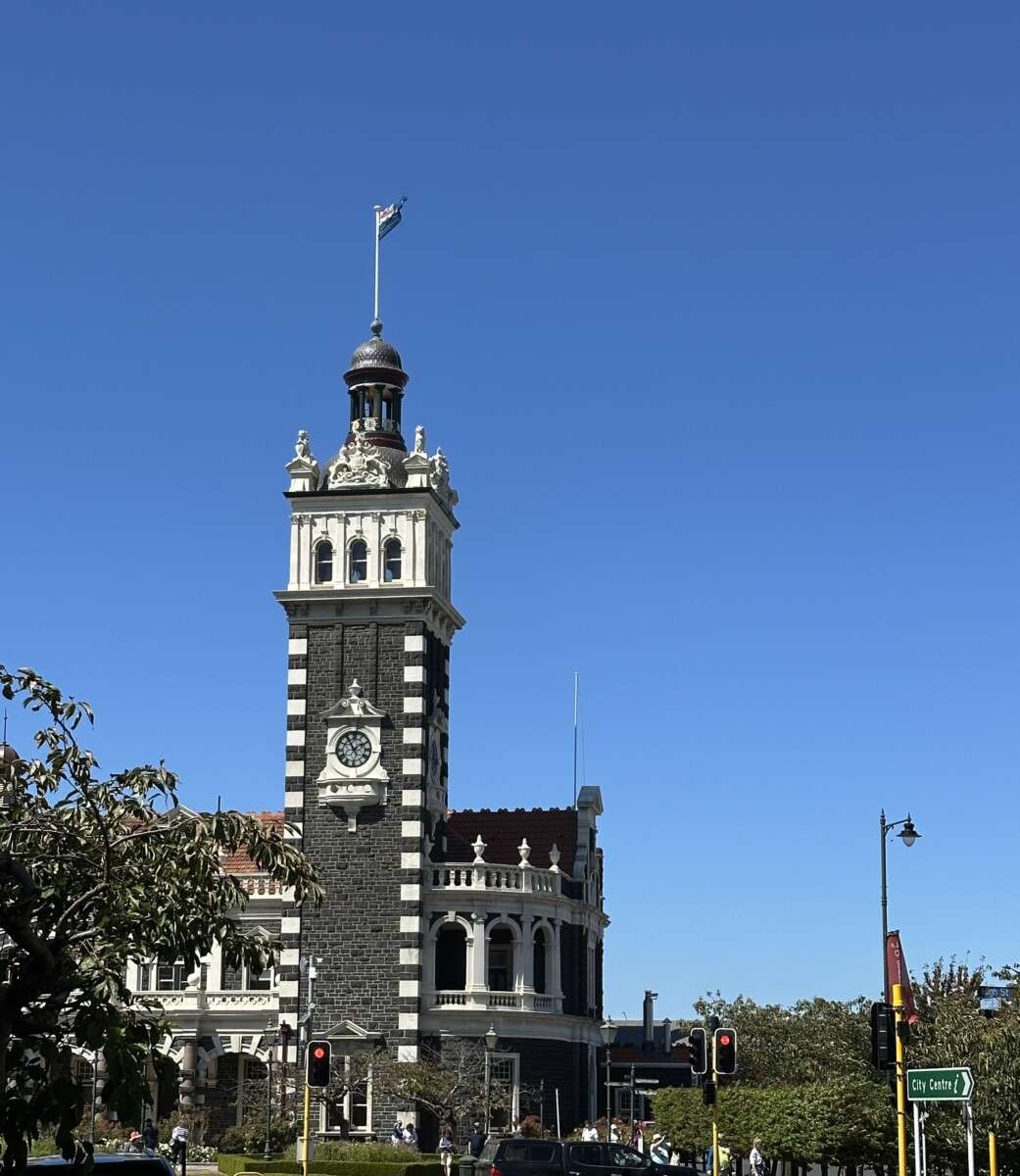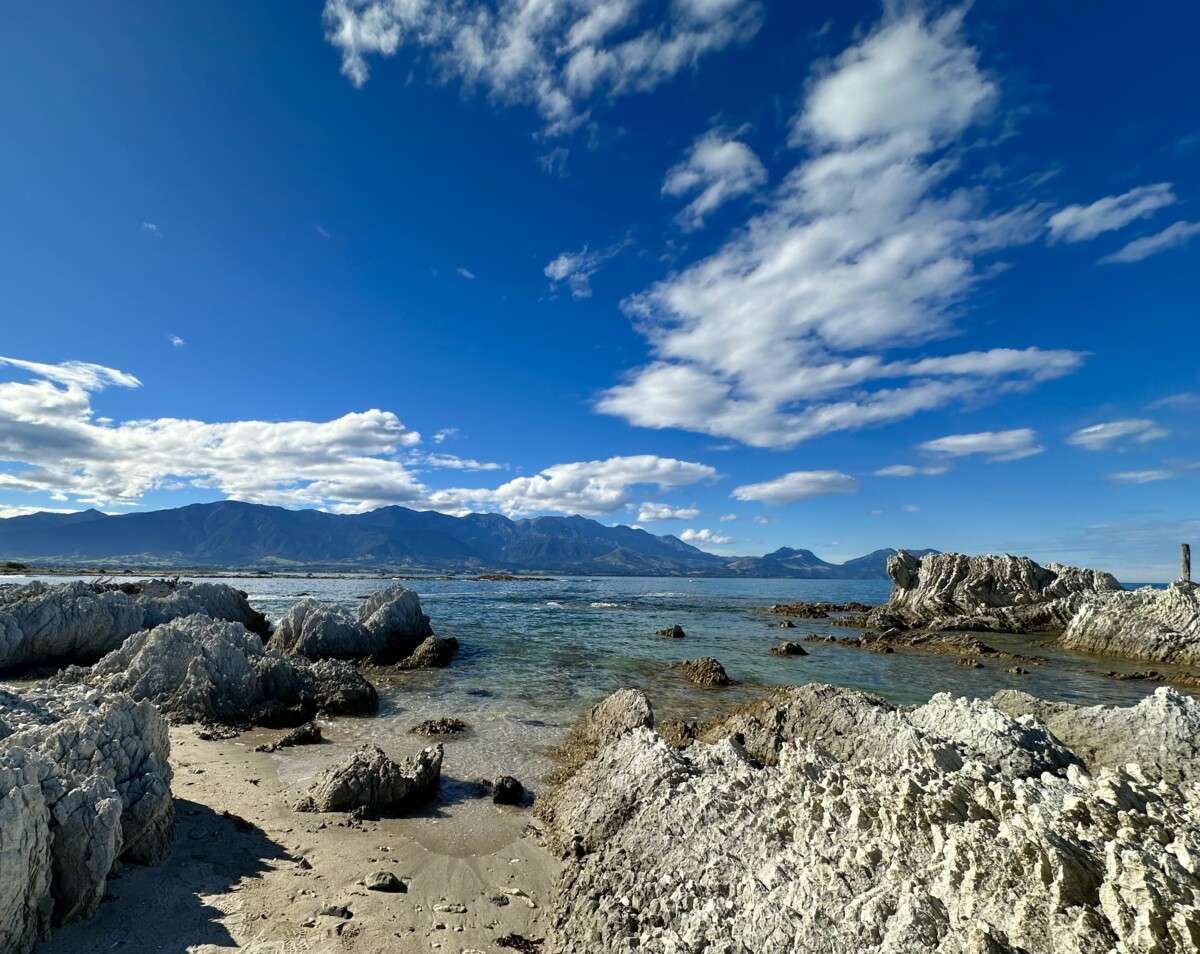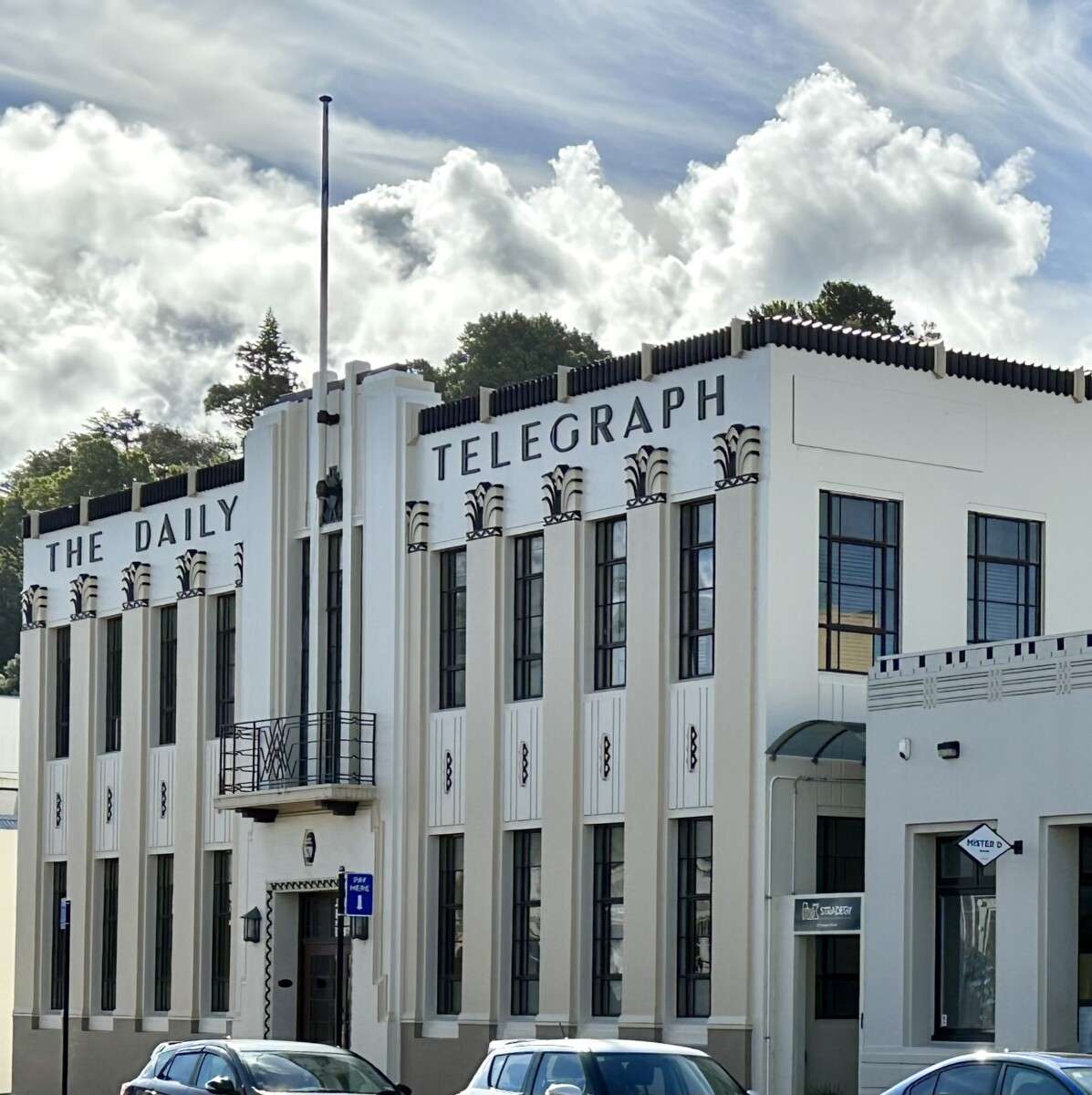Joel and I have been lucky enough to meet several Kiwis (New Zealanders) when they have traveled to the U.S. We are even luckier that they liked us enough to invite us to stay with them.
We spent a few days with Charlie and Paul at their beach house in Paraparaumu, which is just north of Wellington. When I sat down to write this post I finally took some time to look back at all the photos I took while we were there, and that was when I realized, oops, I didn’t take any at all. Thinking back, we realized that we spent all our time talking and catching up. Sometimes it is good to put the camera down and just enjoy the moment. Thank you Charlie, for the delicious meals. And, thank you Paul, for letting us tag along with you everywhere for the day.

After a few days at the beach we stayed at an AirBnB on our way to another friend’s house. We saw these sheep on our morning walk. We were fascinated, they were only mildly interested in us.

We stayed with our friend Chris at his home in Upper Hutt, just 30 min. north of Wellington. He and his wife Jules moved here 20+ years ago before anyone else was here. Their property sits on top of a hill overlooking the Hutt Valley. It was so peaceful and beautiful up here.

Chris made us a delicious dinner on our first night. But, Joel, being helpful, took the steaks off the bbq at the very end just as I took a picture. We joked that Chris invited us to stay so Joel could cook for him.

The next morning Chris took us to meet his sister, Leigh, and her husband, Andy, at the farm where Andy works as the stock manager. We learned that as stock manager he is responsible for managing all the livestock on this very large farm. (Chris called Andy the head sheppard – we never met a sheppard before.)

And Glenside is a huge farm! Leigh told us it sits on 840 hectares (2,075 acres) and has herds (yes, plural!) of sheep, cows and deer.

We drove to one of the hilltops where Chris and Leigh pointed out all the surrounding areas in the valley. He and his sister grew up here and their love for the valley came through while talking to them.

While driving around the farm we met up with Andy and his four working dogs – Bear, Dodge, Pip and Spy. Andy told us one of them got tangled up with a stinky sheep and seemed to know to keep his distance from all of us (see below). These puppies were so sweet.


Above, Pip, Bear, Dodge and Spy (not sure if that is the right order)

Leigh called our tour of the farm a “tiki tour”, which she said meant it was an adventure. It certainly was. Along the way we ran into a traffic jam caused by a herd of sheep, and we met some curious cows.

The cows seemed like they really wanted to come say hi but were a bit afraid to get too close…it was probably us, we speak funny down here.





On our way back to Andy and Leigh’s farm house we passed by historic Gladstone Church.



Leigh and Chris also stopped so I could take a picture of this sign. So many of the town names in New Zealand sound Hawaiian to us, though the pronounciation is different. And, yeah, we know we sound funny trying to pronounce things around here, but the locals are very nice and don’t laugh too much when they correct us.

Thank you for showing us the Hutt Valley, and introducing us to Leigh and Andy. We had a great time vising with you Chris.

After spending time learning how New Zealanders live, from actual Kiwis, we headed to Wellington for a couple of days. We decided to visit The Museum of New Zealand, called Te Papa, which everyone said we should see.


We learned about the Treaty of Waitangi, which is the founding document of modern New Zealand. It reminded us of our Constitution. (Also, all the signs are in both Maori and English)

The documents on display in the museum are replicas. The original documents are held at the National Library of New Zealand, also here in Wellington.
I found it interesting that the treaty is not just a single document. It is a group of nine documents. Copies of the original treaty were made in both English and Maori, then they were taken around the country to be signed by more than 500 chiefs.

“British representatives spent seven months working to get as many Maori chiefs as possible to sign the Treaty. This map shows where the nine copies were taken and the approximate number of signatures. Note that most of the sites are on the coast, suggesting that those living inland missed out. Some chiefs also refused to sign.” – Te Papa




It is crazy to think that pages just like this were probably folded up and stuffed into a coat pocket on the way to meet with the chiefs. To actually see the documents and all the folds, instead of just reading about it in a history book, made it all feel so much more real.



“The English and Mãori versions of the Treaty of Waitangi differ in significant ways. The document’s hasty translation, and the British desire to encourage Mãori to sign, contributed to misunderstandings – and many grievances over time.” – Te Papa


“Leaders from the Anglican and Catholic churches were influential at the Treaty signing. One unexpected result was the promise of religious freedom for all New Zealanders.” – Te Papa

Te Papa museum also has a large section with unique displays about New Zealand’s efforts during World War I & II. We must confess, we were unaware of their part in the wars. We learned so much at this museum.
“The total population of New Zealand in 1914 was approximately 1.1 million. The war took approximately 100,000 New Zealanders overseas, many for the first time. Some anticipated a great adventure but found the reality very different. Being so far from home made these New Zealanders very aware of who they were and where they were from. In battle, they were able to compare themselves with men from other nations. Out of this, many have argued, came a sense of a separate identity, and many New Zealand soldiers began to refer to themselves as ‘Kiwis’.” – New Zealand History

“When war broke out in Europe in August 1914, Britain asked New Zealand to seize German Samoa as a ‘great and urgent Imperial service’. New Zealand’s response was swift. Led by Lieutenant-Colonel Robert Logan, the 1400-strong Samoa Advance Party of the New Zealand Expeditionary Force landed at Apia on 29 August. There was no resistance from German officials or the general population. This was the second German territory, after Togoland in Africa, to fall to the Allies in the First World War.” – NZ History

We felt the Te Papa museum did a great job with showing this part of New Zealand history. Each display was huge and very realistic. And it was great to be able to walk all the way around it, and to read the stories of these soldiers.

“‘We were frightfully hampered by our kit … like elephants. It was a certainty we would drown if we got sunk.’ – Leutenant Colonel Percival Fenwick” – Te Papa



On our way out of the museum we saw a waharoa. “This waharoa or gateway was specially carved for the New Zealand International Exhibition held in Christchurch in 1906-7.” – Te Papa
“Like a waharoa, Te Papa offers a gateway to New Zealand.” – Te Papa

Te Papa sits along the Wellington Harbour. Next to it is the city sign, and a famous statue – Solace in the Wind (The Naked Man) statue.


“Solace in the Wind, was installed as a temporary loan in Wellington, New Zealand in 2008. The sculpture is made of bronze and depicts a naked man with his eyes closed, leaning into the wind. Patte has stated that it represents his feelings about his time in New Zealand and thoughts about leaving Wellington. The sculpture won the People’s Choice Award for favourite sculpture at the Wellington Civic Trust Awards in 2008, leading the City Council to buy it for $60,000. People sometimes decorate the statue with clothes or hats.” – Wikipedia


There are many memorials along the Wellington Harbour. Here is a sign from one of them.

After driving all around the North Island for two weeks we finally dropped off our rental car in Wellington. When we rented it we thought we would just ferry it down (the ferry is large enough to carry full sized cargo trucks and large RV/camper vans) to the South Island and turn it in at the end of our trip. Apparently, the North Island kept “losing” cars to the South Island and won’t let you ferry it across anymore, unless you bring it back. Instead, they asked us to drop it off, take the ferry as a “walk on” passenger, and then pick up another car when we land.

We had some time before our ferry left so we walked to see one more interesting sight – The Bucket Fountain.
“The Bucket Fountain is an iconic kinetic sculpture in Wellington…Much of the water does not reach the buckets below, but instead splashes onto pedestrians and onlookers. People often add dishwashing detergent to the water, which spreads bubbles all over the mall. This is common on Friday and Saturday nights.” – Wikipedia

A couple more fun facts from Wikipedia about this sculpture:
“Elijah Wood, who played Frodo in Peter Jackson’s The Lord of the Rings films, climbed on and drunkenly urinated in the fountain while in New Zealand filming the movies. This was confirmed by the actor during an interview with Jay Leno.” and,
“In February 2016, one of the larger yellow buckets located near the bottom of the fountain was stolen in the night. After a plea by the Wellington City Council to have the bucket returned, the missing bucket was left in the pool at the base of the fountain. The returned bucket was found to have been painted with an intricate and psychedelic pattern. On 17 March, the bucket was reinstalled on the fountain. Wellington Mayor Celia Wade-Brown, when approached on the issue, said “I’m unequivocally blissful they brought it back unscathed and apparently enhanced, from what I’ve seen. We consider it an utterly appealing small paint job.”

Our time on the North Island went by so fast. It was good to see old friends and a great way to end our time up north. Now, on to the next adventure exploring the South Island.





Hello Lovebirds!
Your adventure in the north island visiting good friends by the beach and then with another couple in their huge farm must have been memorable!
There are always surprising and fun things to see and do!
Now, on to explore the southern island and wish you lots of fun 🤩 and good times as well,
Rod and Sasha
All very interesting. Beautiful countryside, and loved seeing photos of the sheep and dogs working. What a visit you are having!
What a great trip! Dogs with jobs seem so happy and fulfilled.
Hey JJs
It was lovely having you out on farm and sharing a little piece of our paradise with you both. Enjoy to rest of New Zealand – Aroha and travel safe from The Hills
Thank you for the wonderful hospitality, and providing a great tiki tour! Hopefully we’ll see you whenever you and Andy visit Las Vegas.
Fabulous photos JJs! X
Really enjoyed your travelogue. Very interesting, as always.
Thanks Mom!
Great post! I love the dog working farm photos. Very interesting — the museum and I’d like to that enhanced decorated bucket on the fountain and the fact it was reinstalled. And Happy Birthday Jerilyn 🙂
Thanks Marie! Please wish David a Happy Birthday from us.